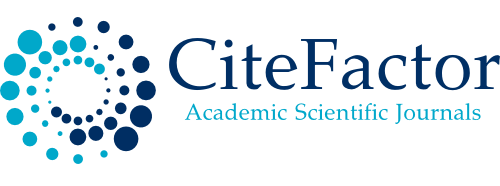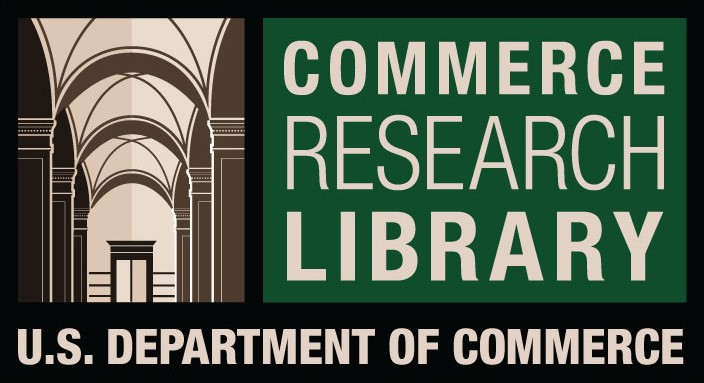EFFECTS OF COGNITIVE RESTRUCTURING ON ACADEMIC PROCRASTINATION AMONG SECONDARY SCHOOL STUDENTS IN JALINGO METROPOLIS, TARABA STATE, NIGERIA
DOI:
https://doi.org/10.61841/zpc60b16Keywords:
Cognitive Restructuring Technique, Academic Procrastination.Abstract
This study investigated the effect of cognitive restructuring technique on academic procrastination among secondary school students in Jalingo metropolis. Three hypotheses were formulated and tested. The population of the study was 160, students from which 15 students were purposely selected. This study employed a quasi-experimental design which took the form of pre-test and post-test. The participants were exposed to treatment (cognitive restructuring technique). The instrument used for data collection was the Academic Procrastination Assessment Scale Revised (APS-R) designed by Abu-Ghazal. Data were analysed using paired sample t-test to test the null hypotheses. The findings revealed that cognitive restructuring techniques was effective in reducing academic procrastination cramming (P=0.001), distraction of attention (P=0.0003) and laziness (P=0.001) among secondary school students. Based on the findings, it was recommended that psychologists and counsellors should be encouraged to use cognitive restructuring in handling students with academic procrastination problems.
Downloads
References
1. Anikweze, C.M. (2009). Simplified Approach to Educational Research. Enugu, Snaap Press Ltd.
2. Balkis, M., Duru, E., & Duru, S. (2014). Prevalence of Academic Procrastination Behaviour Among Preservice Teachers, and Its Relationship with Demographics and Individuals Preferences. Journal of Theory and Practice in Education 5, 1897-10-4/
3. Boyes, A. (2013). Cognitive Restructuring Six Ways to do Cognitive Restructuring. http://www.psychologytoday.com.
4. Buckley, D. (2019). What Is Cognitive Reframing and Why Do Therapists Use It? https://www.betterhelp.com/advice/therapy/what-is-cognitive-reframing-and-why-do-therapists-use-it/.
5. Chase, L., (2013). Procrastination: The New Master Skill Tie Management. Agency Scale Magazine 33 60-62.
6. Cummins, E. (2019). Cognitive Reframing: Definition, Techniques & Examples. https://study.com/academy/lesson/cognitive-reframing-definition-techniques-examples.html
7. Dewitte, S., & Schouwenburg, H., (2012). Procrastination, Temptation and Incentives: The Struggle Between the Present and the Future in Procrastination and the Punctual. European Journal of Personality, 16, 469-489.
8. Ferrari, J.R., Callaghan, J., & Newbegin, I., (2015). Prevalence of Procrastination in the United States, United Kingdom, and Australia: Arousal and Avoidance Delays Among Adults. North American Journal of Psychology, 7, 1-6.
9. Gneezy, A. & Shuu, S.B. (2016). Procrastination of Enjoyable Experiences. Journal of Marketing Research, 933-944
10. Hussain, I., & Sultan, S. (2013). Analysis of Procrastination Among University Students. Procedia-Social and Behavioural Sciences, 5, 189, 1904.
11. Jill, J. (2015). Academic Procrastination, Prevalence among High School and Undergraduate Student, and Relationship to Academic Achievement. Georgia State University.
12. Kazdin, P.S. (2013). Psychological Testing. Redmond, W.A. Microsoft Corporation.
13. Michinov, N., Brunot, S., Bohec, O.L., Juhel, J., & Delaval, M., (2012). Procrastination, Participation and Performance in Online Learning Environment. Computers & Education, 56, 243-253
14. Mish, F. (2014) Mariam Webster’s Collegiate Dictionary (10th Ed.) New York, Mariam Webster.
15. Olubusayo, A.A. (2014). Effect of Cognitive Restructuring on Reduction of Mathematics Anxiety Among Senior Secondary School Students in Ogun State, Nigeria. International Journal of Education and Research, www.ijern.com.
16. Pychyi, T.A., & Flett, G.L. (2012). Procrastination and Self-regulatory Failure: An Introduction to the Special Issue. Journal of Rational Emotive and Cognitive Behaviour Therapy, 30, 203-212
17. Rodriguez, D. (2014). Cognitive Restructuring: Change your Thoughts Change Your Attitude. Retrieved on 21st May 2014 from http://www.everyday.health.com.
18. Schraw, G. Wakins, T., & Olafson, L. (2013). Do the Things We Do: A Grounded Theory of Academic Procrastination”. Journal of Educational Psychology.
19. Sirois, F.F., Melia-Gordon, M.L. & Pychyl, T.A. (2013). I’ll Look After Any Health Later. An Investigation of Procrastination and Health. Personality and Individual Difference, 35, 116-1184
20. Stead, R., Shaunahan, M.J., & Neufeld, R.W.J. (2010). I’ll Go to Therapy Eventually. Procrastination, Stress and Mental Health. Personality and Individual Differences, 49, 175-180.
21. Steel, P. (2012). The Procrastination Equation. Edinburgh, Pearson Education Ltd.
22. Toker, B., & AVCI (2015). Effect of cognitive Behavioural Theory –based Skill Training on Academic Procrastination Behaviours. Of University Students. Educational Science. Theory and Practice, 15(5). 1157-1168. http://www.estp.com.tr.
23. Troia, C.A. (2010). Instruction and Assessment for Struggle of Long Writers. A Division of Guilford Publication, Inc.
24. Umar, Y., Abdullahi, M.I., Oliagba, O., Sambo, S., & Abdulwahid, U. (2014). The Effect of Cognitive Restructuring on Tobacco Smoking Among Adolescents in Senior Secondary Schools in Jalingo, Taraba State, Nigeria. European Scientific Journal, 10(5), 327-336
25. Zandi, A. & Moradi, O. (2016). The Effectiveness of Cognitive-Behavioural Procrastination and Academic Achievement in Secondary School Students. First City, International Journal of Psychology and Social Psychology Sciences, Vol. 2(1): 29-35. www.sciarena.com
Downloads
Published
Issue
Section
License

This work is licensed under a Creative Commons Attribution 4.0 International License.
You are free to:
- Share — copy and redistribute the material in any medium or format for any purpose, even commercially.
- Adapt — remix, transform, and build upon the material for any purpose, even commercially.
- The licensor cannot revoke these freedoms as long as you follow the license terms.
Under the following terms:
- Attribution — You must give appropriate credit , provide a link to the license, and indicate if changes were made . You may do so in any reasonable manner, but not in any way that suggests the licensor endorses you or your use.
- No additional restrictions — You may not apply legal terms or technological measures that legally restrict others from doing anything the license permits.
Notices:
You do not have to comply with the license for elements of the material in the public domain or where your use is permitted by an applicable exception or limitation .
No warranties are given. The license may not give you all of the permissions necessary for your intended use. For example, other rights such as publicity, privacy, or moral rights may limit how you use the material.









